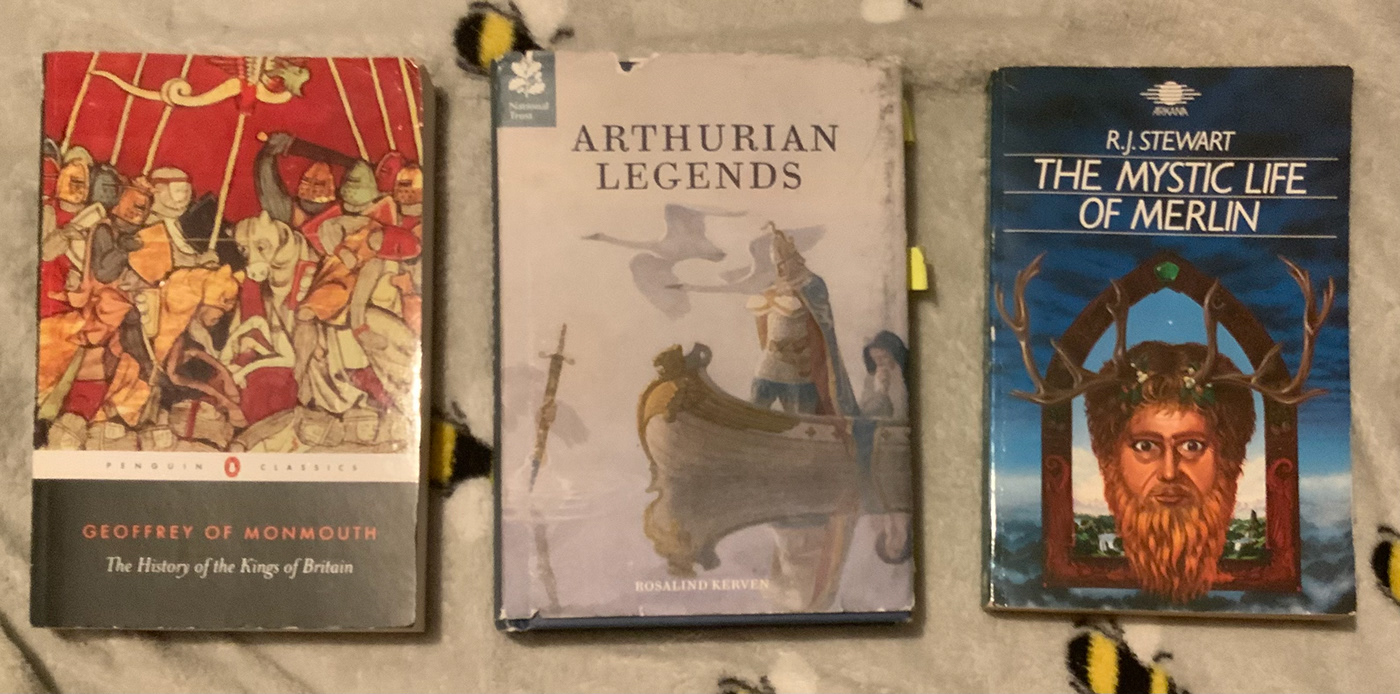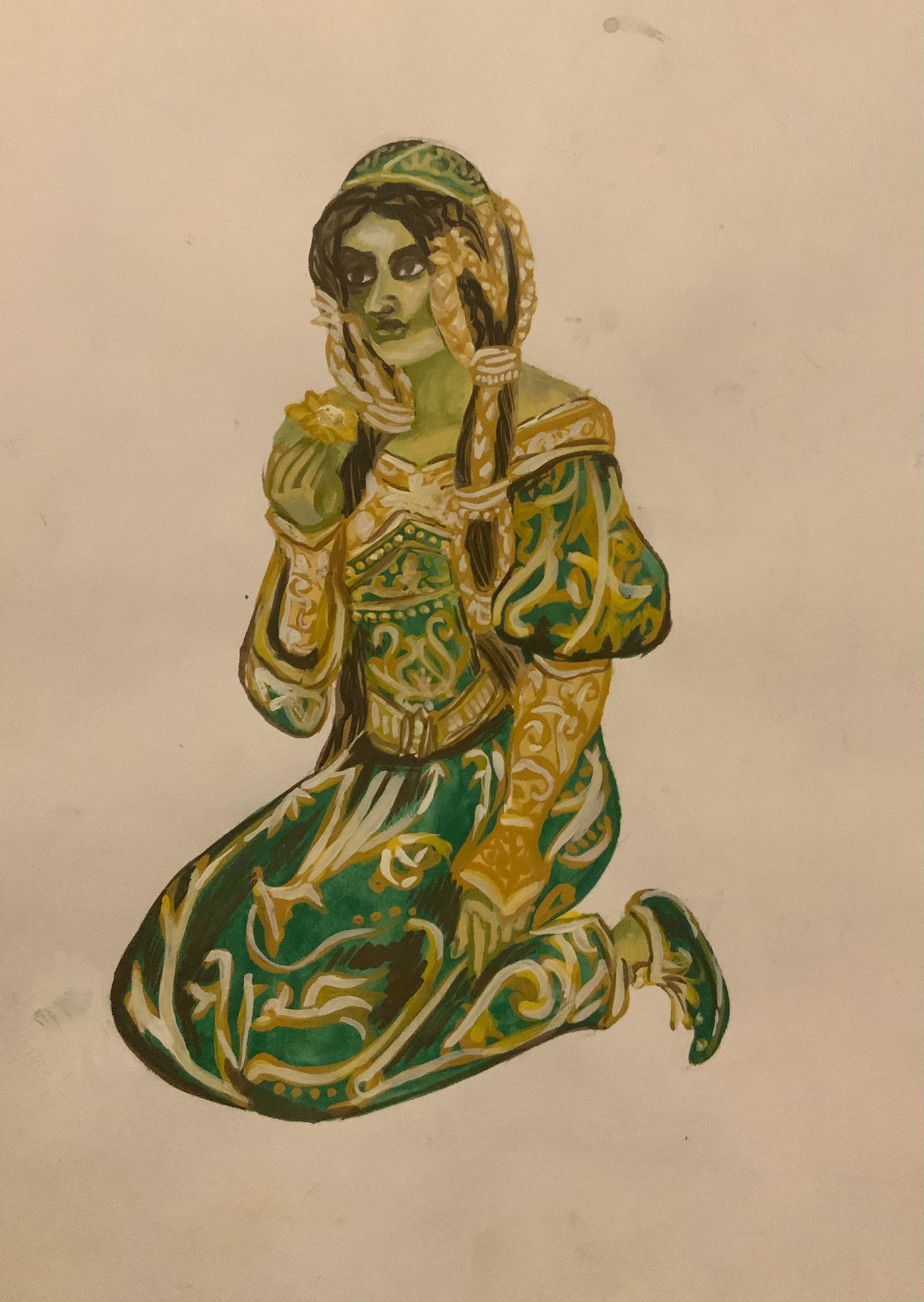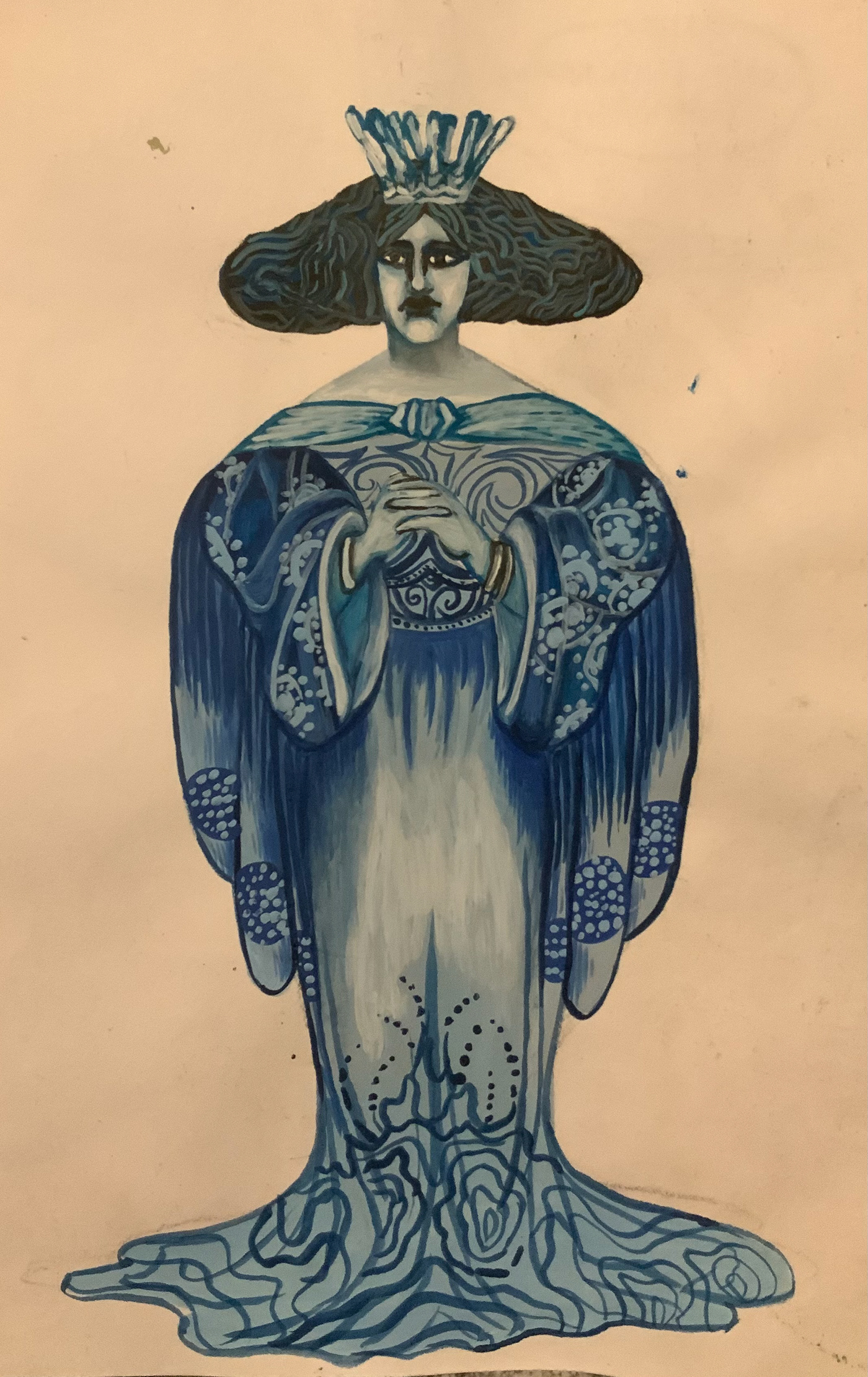


During this project I wanted to explore why the medieval aesthetic in fashion is immortal and how our current romantic ideas of the Middle Ages express the issues we have with the present. I began with three self directed briefs including the above mentioned project (one exploring two sides of how communism is perceived, one about image making and elitist humour on the internet). The visual mind map below depicts my decision making when choosing between them.

I ended up deciding to use the medieval romanticism brief as it meant I could explore textiles within my practice and attempt to communicate a complex idea through entirely images. I tend to write essays and illustrate them, so removing the communicative crutch of my writing was a means of pushing my visual communication.



I began my research with a site visit to Tintagel, a castle built in the 12th century and associated with Arthurian mythology by Geoffrey of Monmouth. Mythology and fairy tales are important to finding the medieval aesthetic attractive, medieval society (within Central Europe) would have been unpleasant compared to modern life. Adjacent to the castle is a small village with lots of hockey tourist shops that brand themselves around King Arthur, these were more significant to me because they take the distortions of the Middle Ages to the extreme and are very campy.

Above are drawings I did on site, unfortunately because I visited out of the holiday season most of the stores were closed but I managed to get some content.

These three books were the most significant in my research, the two on the left contained lots of illustrations that personified the idea of medieval aesthetics. I will return later to The Mystic Life of Merlin, as its illustrations were mostly mystic diagrams showing the connection to nature within my subject matter.



From: ‘The Mystic Life of Merlin’ by R.J. Stewart.


From: ‘Arthurian Legends’ by Rosalind Kerven.

Gauche on paper, based on book illustrations.

Paint Markers on paper. Based on Illuminated manuscript cover of The History of The Kings of Britain (Geoffrey of Monmouth).

Gauche on paper, based on book illustrations.















Mood board/ most relevant pieces of research. Contains images from: The Green Knight (2021), The Fool Art Collective, Sunforest, illuminated manuscripts, AI generated 80s dark fantasy, whimsigothic tag on Pinterest and Merlin (2008-2013).

I found this video very informative in my project. Something I was beginning to realise at this point in my research was the relevancy of nature in medieval revival. If subcultures are a ‘force of the youth’, current medieval inspired aesthetics like whimisgothic show the significance of wanting to return to nature with young people. Disillusionment with the future leads to it being replaced by the past in the imagination.

“We deck our halls with it and dye our linens. But should it come creeping up the cobbles, we scrub it out, fast as we can. When it blooms beneath our skin, we bleed it out. And when we, together all, find that our reach has exceeded our grasp, we cut it down, we stamp it out, we spread ourselves atop it and smother it beneath our bellies, but it comes back. It does not dally, nor does it wait to plot or conspire.Pull it out by the roots one day and then next, there it is, creeping in around the edges.Whilst were off looking for red, in comes green. Red is the colour of lust, but green is what lust leaves behind, in heart, in womb. Green is what is left when ardour fades, when passion dies, when we die, too. When you go, your footprints will fill with grass. Moss shall cover your tombstone, and as the sun rises, green shall spread over all, in all its shades and hues. This Verdigris will overtake your swords and your coins and your battlements and, try as you might, all you hold dear will succumb to it. Your skin, your bones.Your virtue.” (The Green Knight, 2021)










Once I had completed my research, I was certain I wanted to communicate that the current medieval resurgence in fashion is a result of wanting to return to nature and a deindustrialised world. At this current stage I wanted to create a patchwork tapestry. I chose to work either with or on material because of its thematic relevance. To push more experimentation, I chose to approach this project by creating lots of images on my subject matter then going back and selecting the most successful and communicative. This meant I managed to explore crochet, knit, embroidery, beading and the interactions with material and more traditional media (like acrylic paint and markers).

Mock up of my final piece. I want to place the patches on a piece of patterned material to avoid the dead spaces you can see here.



I found an old black and white bed sheet that I could use to mount the selected pieces. At this point I realised the material was too thin and would sag if hung up.



I resolved this issue by wrapping the material over three canvases I had spare, I think this was a mistake because breaking up the patches across three parts fragmented the images too much.











Considering layout.

Final outcome (1/3)

Final outcome (2/3

Final outcome (3/3)

